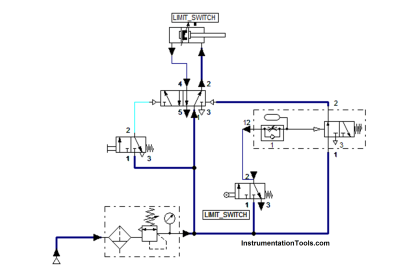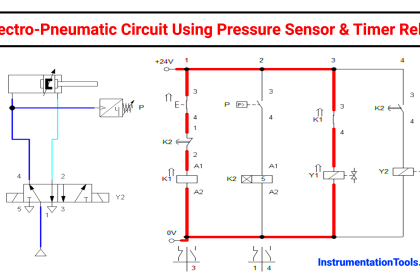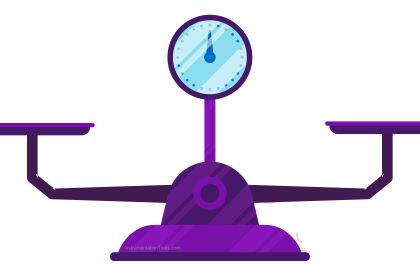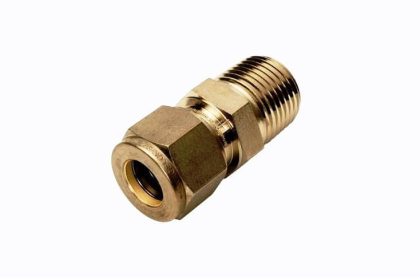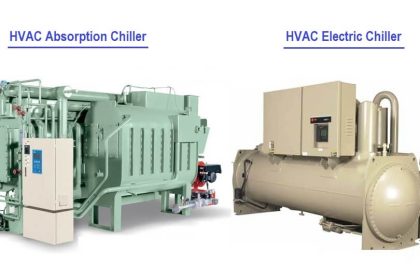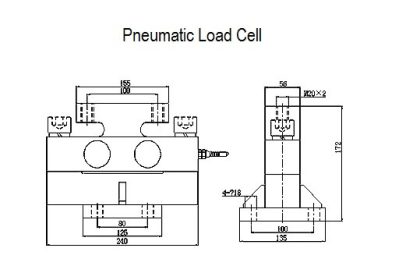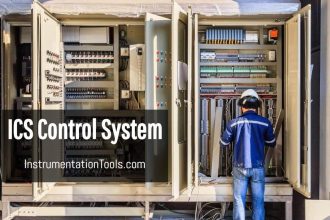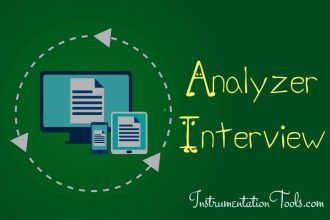Electric motors are featured in a wide array of different objects and pieces of equipment. Many of these you can see around your homes, such as a washing machine, vacuum cleaner, or refrigerator.
However, you’ll also find electric motors in other areas of life, including electric trains and computer hard drives. It’s likely you’ll encounter these at one point or another, so it’s important to understand how they work.
Electromagnetism
First, we will explore the theory of how a motor should work. The key to running a simple electric motor is electromagnetism. Electromagnetism is self-explanatory in that it involves a combination of electricity and magnetism in order to function.
We do this by firstly creating an electric field. This simply involves taking a coil of wire (we will explore the importance of coils shortly) and powering it with a battery or via mains electricity.
A wire that carries a moving charge should not only create an electric field, but it should also create a magnetic field. We then create a magnetic field by having magnets on either side of the coil of wire.
When powered, this means that the two magnetic fields from the wire and the magnets should interact with each other if at the right angle. For information on the interaction, we can refer to Fleming’s left-hand rule.
When the direction of the current is perpendicular to the magnetic field, the motor effect force is the greatest; if they are parallel, there will be no motor effect. This means to create movement, we need to not only create that perpendicular angle but maintain it to maintain motion.
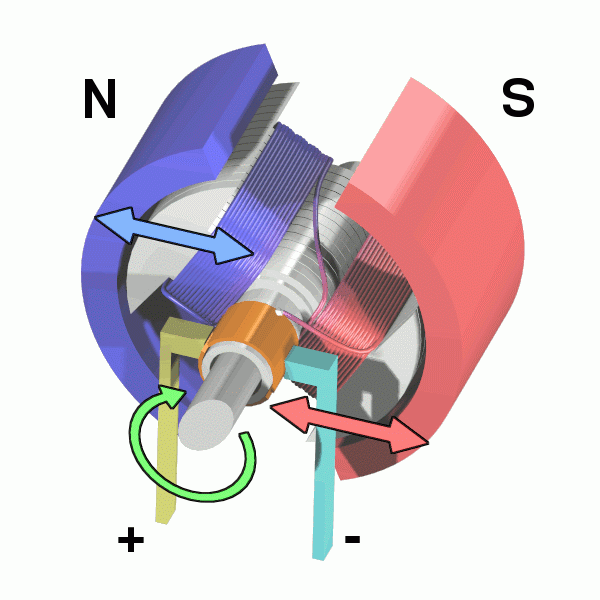
Coils
Coils are the answer to maintaining this motion. If the wire in the center is coiled, we have two directions of current on either side. On the left-hand side of the coil, the force will be exerted in one direction, whereas it will be exerted in the other for the right-hand side of the coil, encouraging the spinning motion.
An issue, however, does arrive when the coil gets into a vertical position. This means it’s parallel to the magnetic field and there’ll be no more force exerted, meaning the motor won’t spin. There are several ways to tackle this, however.
For smaller motors, this is as simple as using a split-ring commutator – this essentially changes the electric current each time the coil reaches a vertical position.
The commutator is attached to the coil at both ends, allowing the current to feed through the commutator. These aren’t capable of producing a lot of power but are good for things such as toy cars or electric shavers, where you only need a very small amount of power.
Universal Motors
Universal motors are a better solution to this problem, especially when considering items that need much more power like factory equipment or industrial hoovers. Whereas for smaller motors using a commutator, you can only use direct current (DC), a universal motor can run on both DC and AC, or alternating current. When using DC, it works in a very similar way as described before – the coil’s current is reversed every time it is vertical, keeping the coil spinning.
AC, however, is not a direct flow of current – it is instead current that rapidly changes direction back and forth. When using AC, not only is the current reversed but the current powering the electromagnet is also reversed simultaneously. This changes the direction of the field, again, keeping the motor spinning.
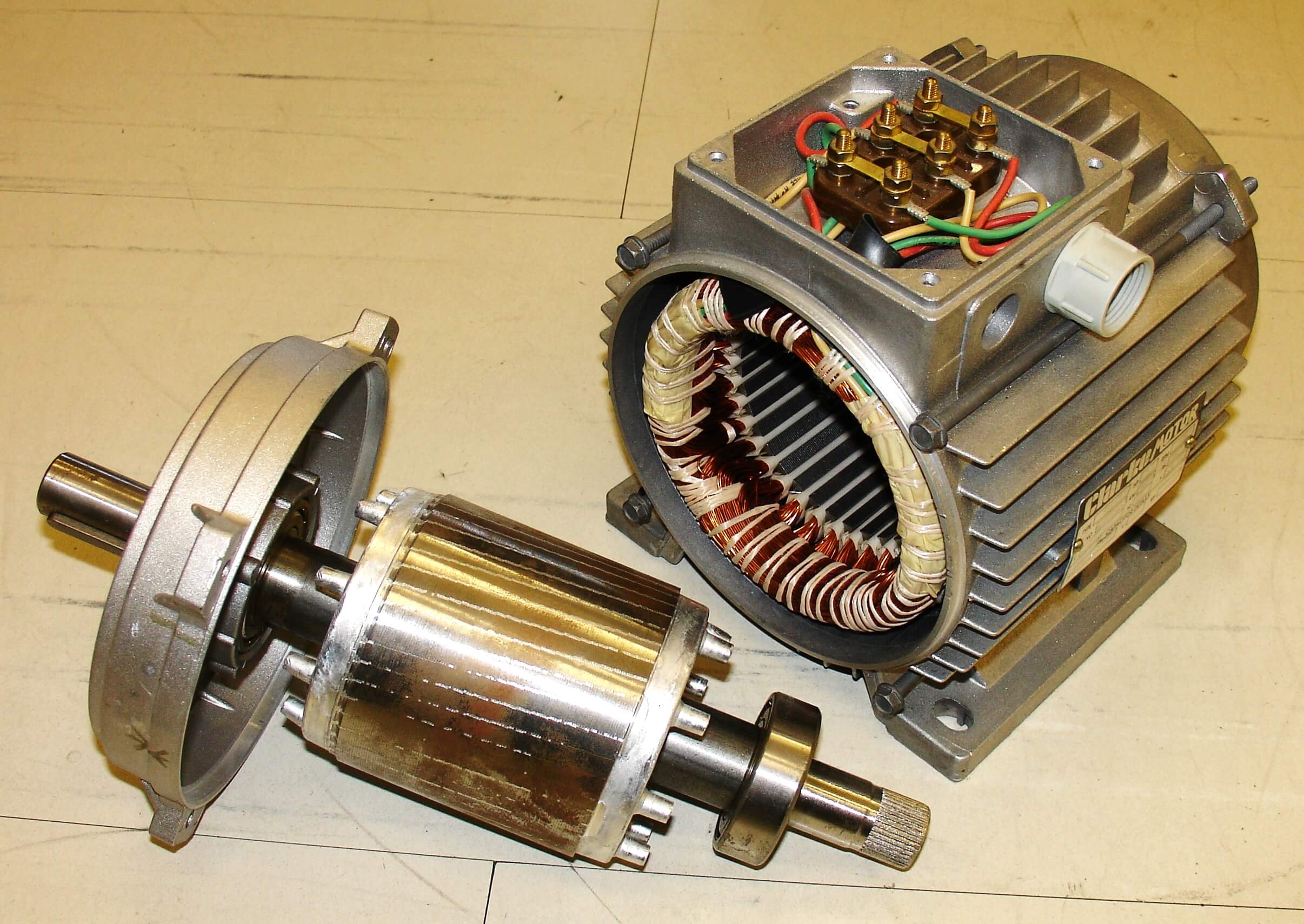
Power
Something important to consider when constructing or working with a motor is the power of the motor itself. This is true not only for different items, but different variants of the same item, and should be considered case by case.
For example, a household vacuum may not need a massive amount of power, whereas an industrial vacuum may need much more. Industrial Vacuums like these from Industar is made for heavy-duty work as well as harsh environments, meaning they may need a stronger motor than a household vacuum, especially when they can work with both dry and wet substances. Their motors are also built to last, meaning they’re well-made and can withstand repetitive use. With items like this, even if they are easy to maintain, it’s important to establish the motor’s power capacity. How can we do this?
There are several ways. The first way is fairly self-explanatory – the stronger the current, the more powerful the motor. However, more coils will also make the motor stronger, as there will be more field lines, creating more strength in the magnetic fields and thus making the motor more powerful.
A soft iron core will also improve the strength of the magnetic field as it provides less resistance than air does to the magnetic field, improving the power of the motor.
From theory to practice, hopefully, you have a clearer understanding of how an electric motor works, both in encouraging motion in the motor and how strengthening the motion’s power.
